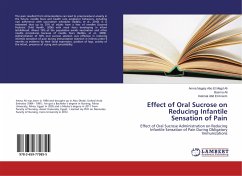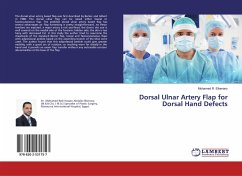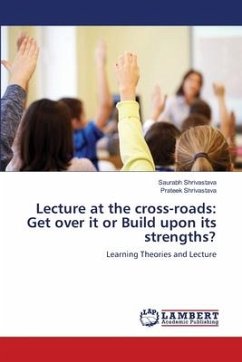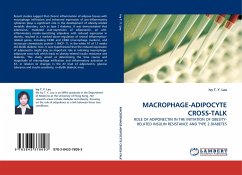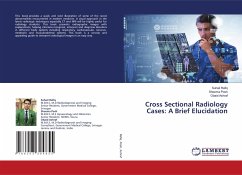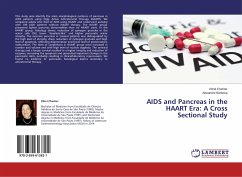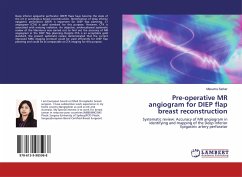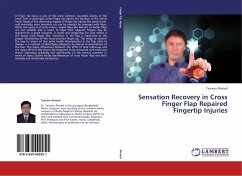
Sensation Recovery in Cross Finger Flap Repaired Fingertip Injuries
Versandkostenfrei!
Versandfertig in 6-10 Tagen
36,99 €
inkl. MwSt.

PAYBACK Punkte
18 °P sammeln!
A finger tip injury is one of the most common traumatic lesions of the hand. Pain or dystrophy at the finger tip impairs the function of the whole hand. Many of the distressing sequels of finger tip injuries like painful scar, cold sensitivity, poor sensation etc can be avoided by coverage with flaps. Often the injury is of such nature, simple flaps like Klienert or Kutlar flaps are not suitable and a resort to flaps from adjacent fingers may be required for a good outcome. A useful and simple flap for such defect is the dorsal cross finger flap. Sensation in the flap is imperative to the prop...
A finger tip injury is one of the most common traumatic lesions of the hand. Pain or dystrophy at the finger tip impairs the function of the whole hand. Many of the distressing sequels of finger tip injuries like painful scar, cold sensitivity, poor sensation etc can be avoided by coverage with flaps. Often the injury is of such nature, simple flaps like Klienert or Kutlar flaps are not suitable and a resort to flaps from adjacent fingers may be required for a good outcome. A useful and simple flap for such defect is the dorsal cross finger flap. Sensation in the flap is imperative to the proper functioning of the reconstructed finger tip. The study to observe the way to return of two point tactile discrimination in the flap after its division is a method of identifying adequate functional re-innervations of the flap. The mean differences between the 2PTD of final follow-up and the mean 2PTD of flap donor site (expected to be recovered with time) was shown improving gradually andsignificantly. So the sensory outcome in terms of static 2-point tactile discrimination of cross finger flap was both clinically and statistically satisfactory.





